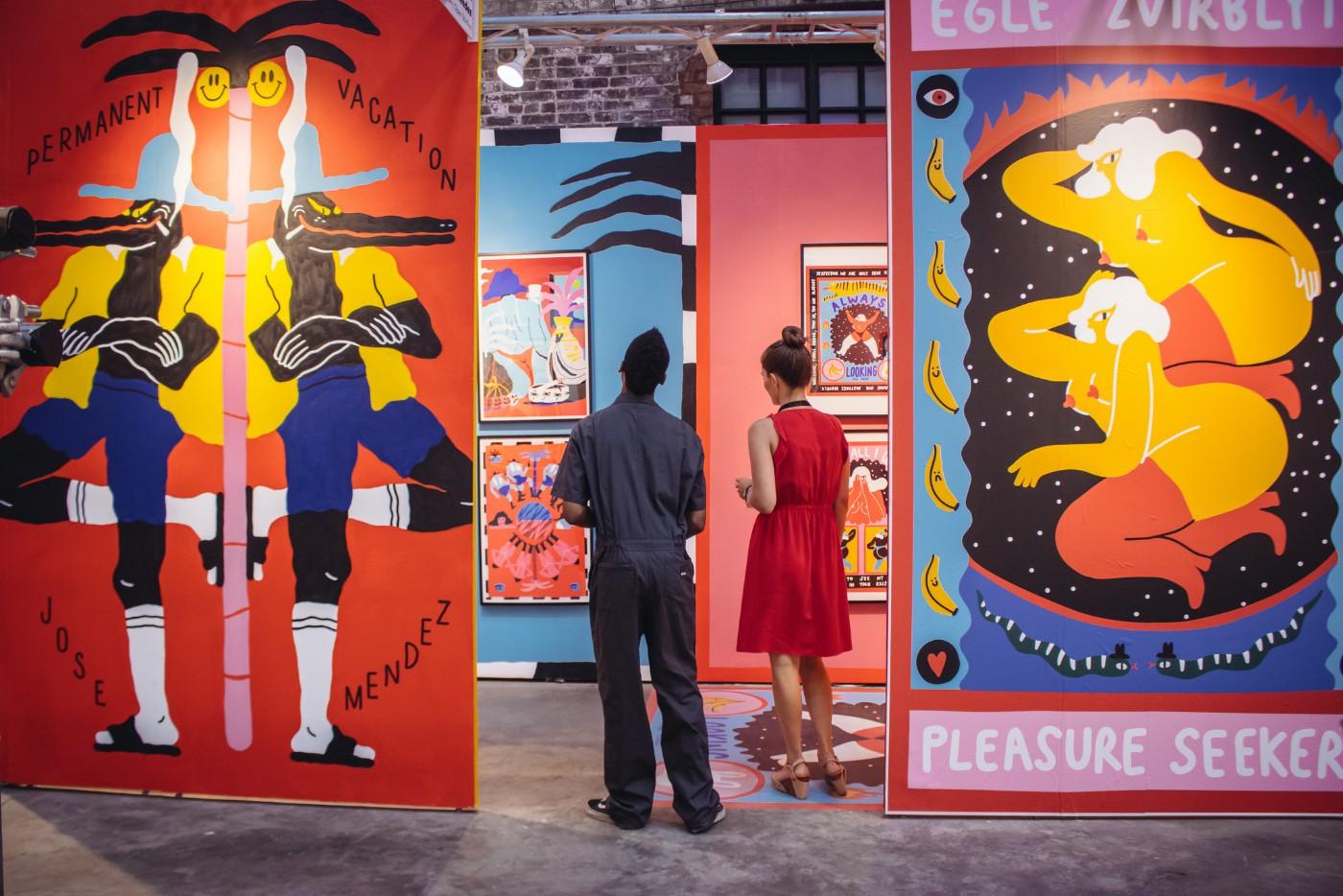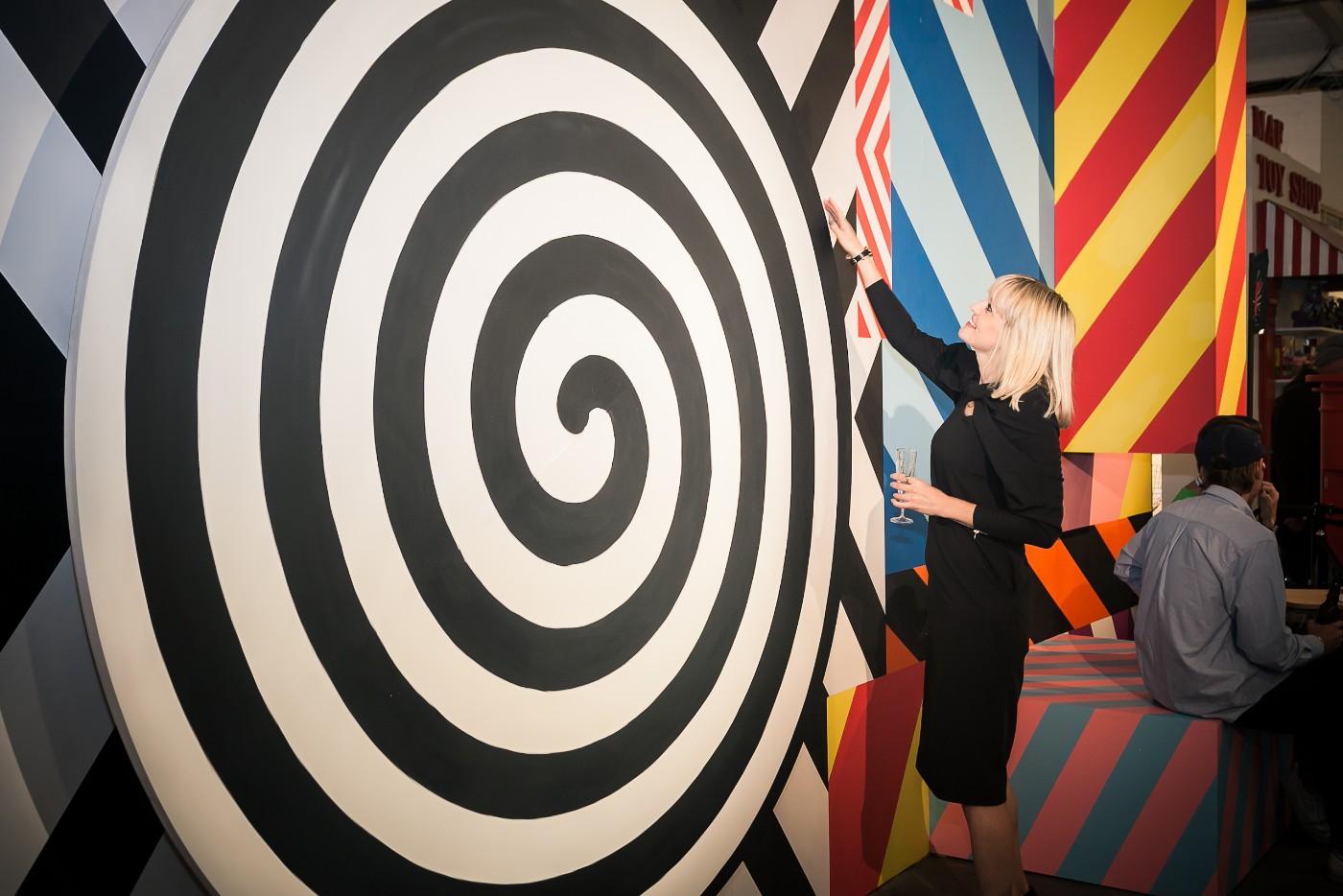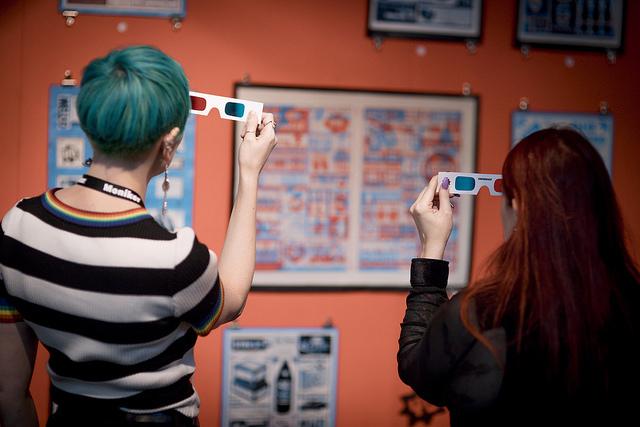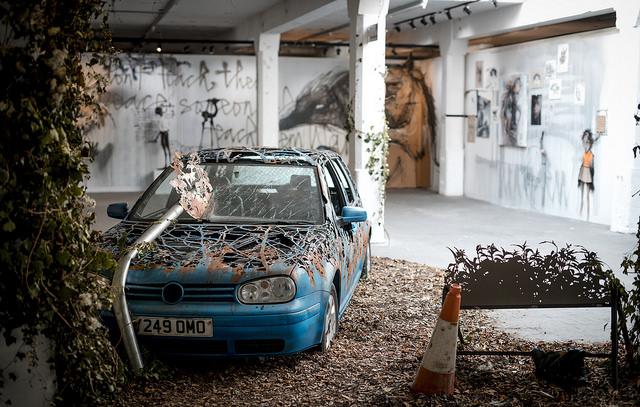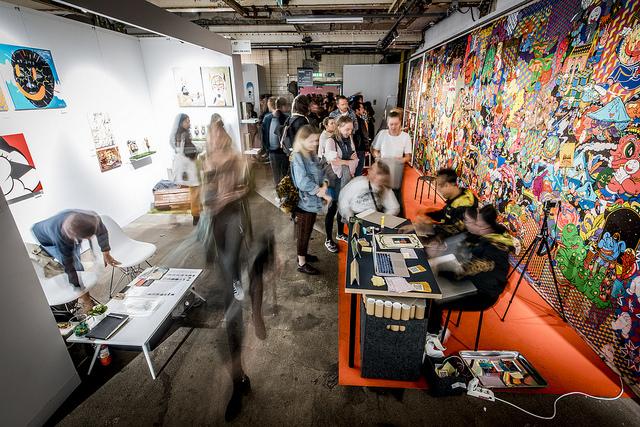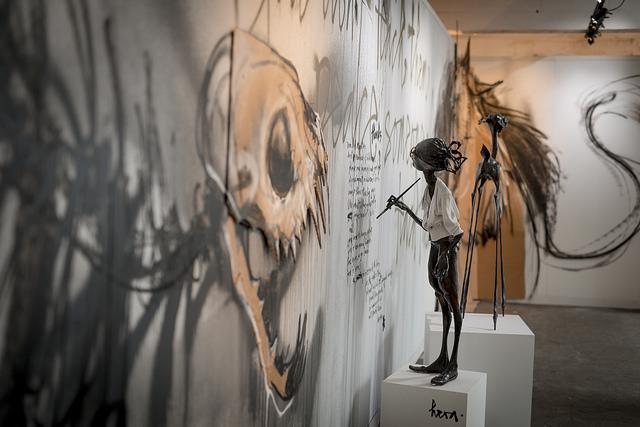Jeremy Howell: For over a decade you have been at the forefront of the urban and New Contemporary Art scene. What drew you to this kind of art? What was the moment you knew it would be your career?
Tina Ziegler: My love for Urban and New Contemporary art started in around 2000, when I was a teenager growing up in Southern California, immersed in graffiti and urban culture.
I’ve always been drawn to art that challenges something; art that tries to create change beyond basic aesthetics and highlights or confronts real-world context, real-world problems. Urban art has always been closely in tune with the needs and issues arising within the fields of society, economy, ecology, and that's the core of what's kept me championing the scene. Also the artists themselves are hard not to fall in love with, as they always made their own rules and formed their own collectives–that subculture and the loyalty to it has always fascinated me.
I knew I found my place early on, but I didn’t realize I could make a career out of it until I was in university in Barcelona, where my professors encouraged me to pursue my goals of becoming an art curator that specialized in the area. From there, I went on to do my thesis and publish a book about the New Contemporary art movement, and I’ve never looked back since.
JH: Moniker Art Fair prides itself on curating fairs that cut through art fads and the general noise of the art world. Can you talk a bit about the fair's curation process and how you work to ensure that the fairs are exhibiting artists doing truly impactful and important work?
TZ: It’s one of the most challenging parts of being an art fair director and curator–remaining ahead of the curve and ignoring the fads that come and go. As a director of the fair, it's important to exhibit artists and galleries that have a strong reputation, that will attract collectors and pull in audiences. However, as curator, it's equally important to exhibit artists that are just touching the surface; artists that show true potential.
I try to keep a balance at Moniker by spotlighting talent that I strongly believe is worth the attention, while working with the more recognized names to encourage and challenge them to do something different or more experimental at Moniker. I work directly with the artists and exhibitors to ensure that each space is curated and presenting work that is relevant. The goal is to make the fair a place for discovery, fascination and appreciation, and by doing so we aim to remain ahead of the rest and offer visitors a high-quality, curated art experience.




